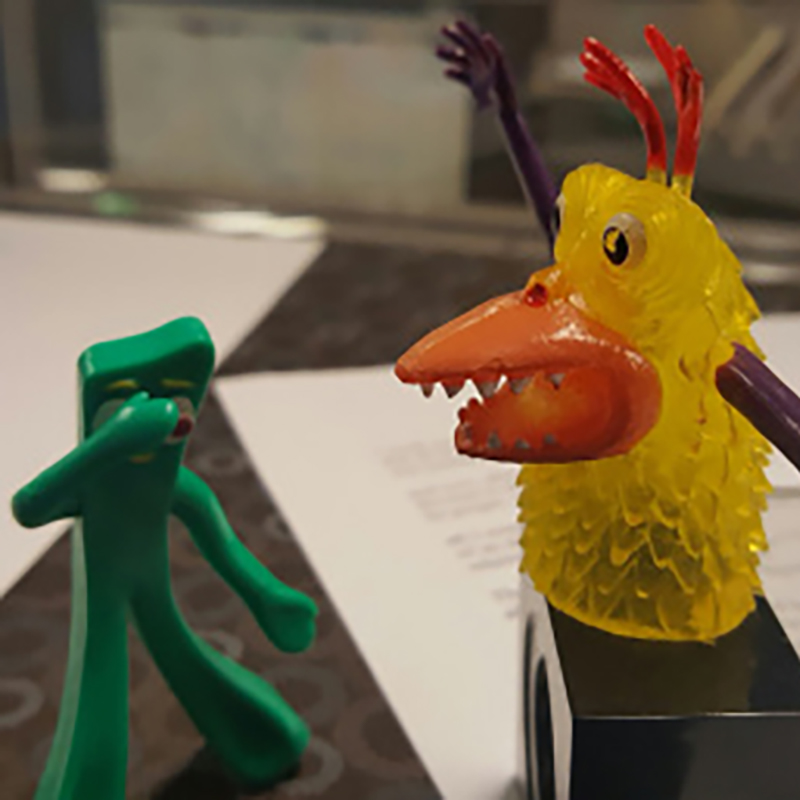When I was a kid, I hated seeing other kids bullied. I’d run at the bully with my arms outstretched or head lowered ram-like to shove the bully away from his target. Then I’d run away as fast as possible to avoid revenge.
As I’ve matured and gained experience as a mediator and conflict engagement specialist, I’ve learned other (more useful) ways of dealing with people and their bully behaviors. Here are five tips to help you when bullying behaviors threaten your work group.
- Separate the person from the behaviors. When someone refers to another as a bully, I’m careful to avoid repeating the label “bully” and ask “What did he (or she) do that felt like bullying?” The question helps separate the behaviors from the person, so we can talk directly about the behaviors while building connection between the people.
- See the bully as they see themselves. From the “bully’s” perspective, they probably see themselves as the victim and others as the villains. You can tell by how they describe why they act as they do. You might hear statements such as “She deserved it. You should have heard what she said to me.” Or, “They’re all a bunch of slackers. If the supervisor won’t motivate them, I will.” Or, the person avoids answering by deflecting to another topic. When operating from the victim mindset, people tend not to notice their contribution to a situation. You can help the person shift out of victim mindset by asking questions that invite him to notice what he might have said or done that contributed to the discord: Just before she yelled at you, what happened? Could the way you said that have influenced her strong reaction?
- Remove grey zones. Bully behaviors range from the silent treatment (not saying “Good morning”) to verbal and physical abuse. By the time I work with groups, the bully behaviors often have become the norm for that workplace. “Bullies” tend to be gifted at knowing just how far to push their targets and then back off before drawing too much attention from others. They create a grey zone of behaviors that people in the group learn to ignore or not talk about for fear of having the “bully” focus attention on them.
Group members need to get specific about which behaviors feel disrespectful so they can build consensus about what appropriate behaviors look and feel like. You can help them experience their inner greatness as a group by creating group norms. See Great teams experience for an example. - Help them see each other as humans. When a group devolves into destructive conflict because of bullying behaviors, people can spend lots of time and energy blaming each other and passing judgement on whether someone is right or wrong, good or bad. To help them shift into constructive conflict, help them understand their conflict stories and expand them.
People usually come to conflict with finely edited stories about how horrible the other person is. They see the other as villain, and cast themselves as victim. Help each person expand their conflict stories to include the other’s perspective. Your curiosity and questions can lead them to explore and discover new possibilities about themselves, the other, and the results they can achieve together.
You might not be successful getting someone who has been living with a victim mindset for years to shift to a contributor mindset over the course of a group discussion, or even a private one-on-one meeting. That’s okay.
Habits of mind and behavior can shift over time with continuous feedback and accountability checks. Keep the conversation focused on behaviors and help them build empathy for each other during the conversation. You can help them gain insight into each other and the situation, and create a plan for what happens if bad behaviors resurface in the group. - Help them hold each other accountable. It’s not all about the bully! Bully’s exist because others in the group move to silence and inaction when they see inappropriate behaviors. If the group steps up, the bully behaviors stop.
A full discussion and documentation of norms and consequences of violations of the norms should be held so there are no surprises later. If someone violates an agreed on norm, the expectation should be that others would remind him or her of the norm, and then discuss what happened, why, and the natural consequences that will now occur.These consequences shouldn’t be surprises because the group discussed what happens if disrespectful behaviors occur. The norms can be reviewed and adapted over time to keep them relevant and useful to the group. You’ll also want the group to discuss how management will be involved to support a healthy, bully-behavior-free workplace.
For an example of norms that stop triangulating behaviors (often a symptom of dysfunction in groups with bullying behaviors), see Three steps to end triangulation.

